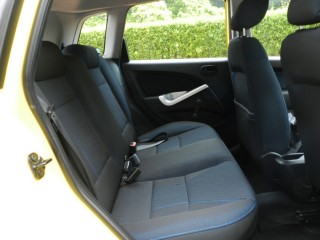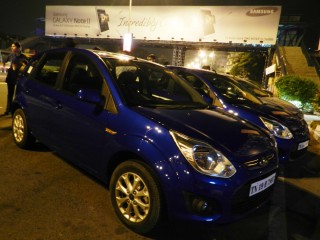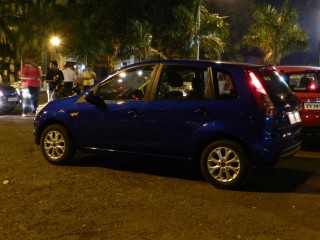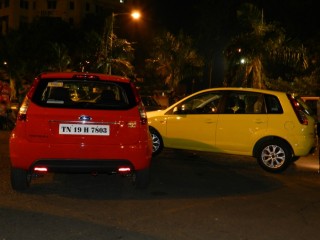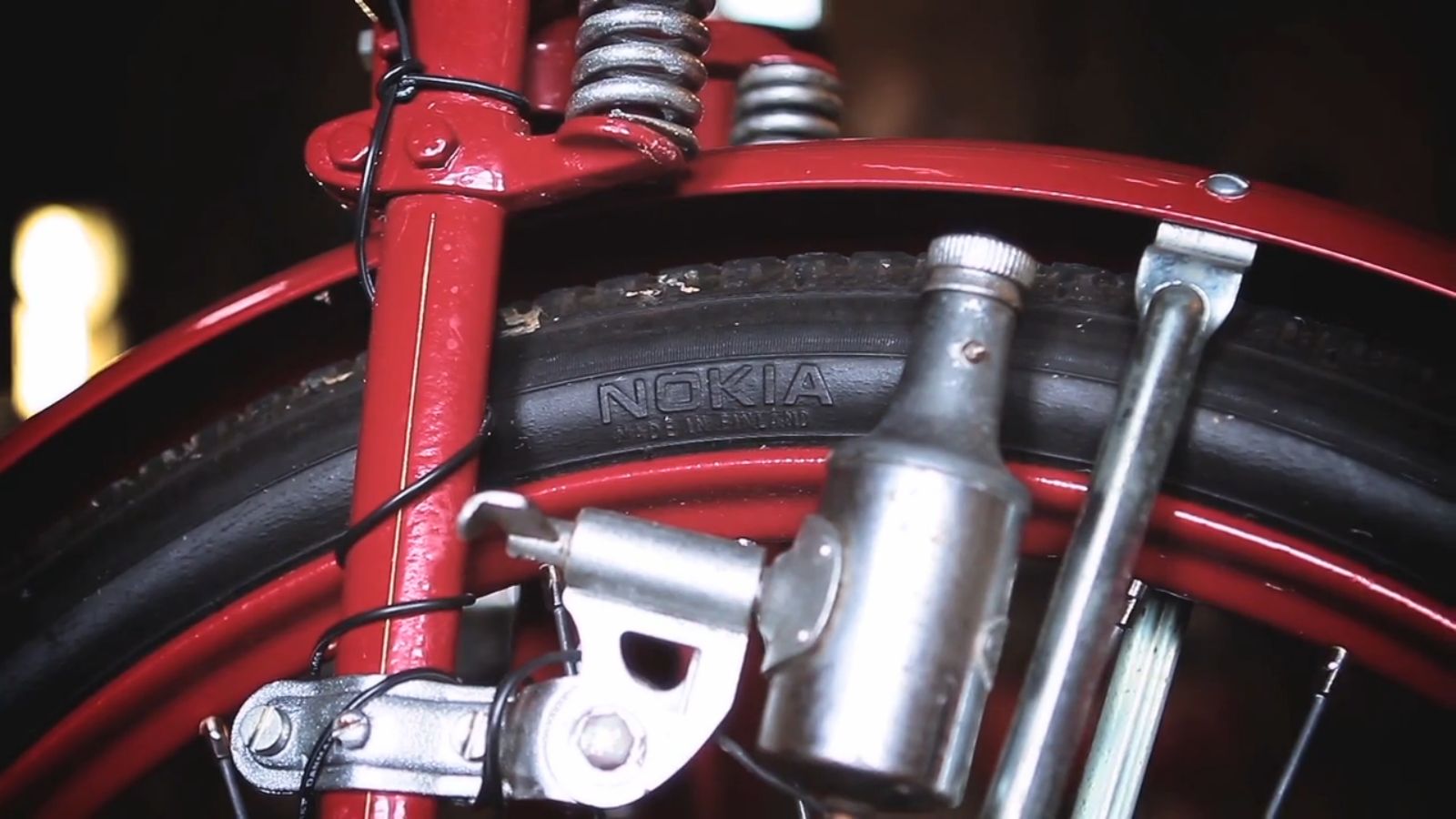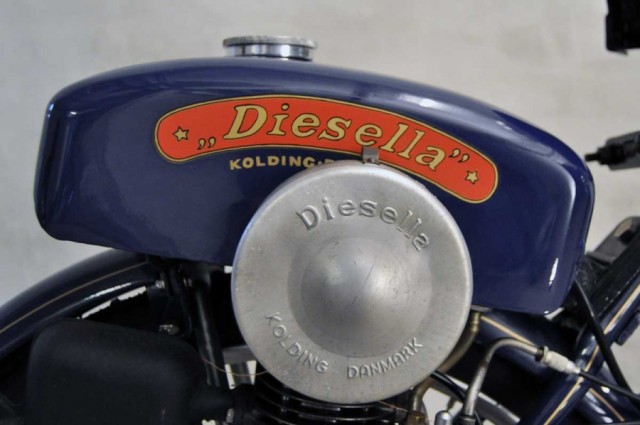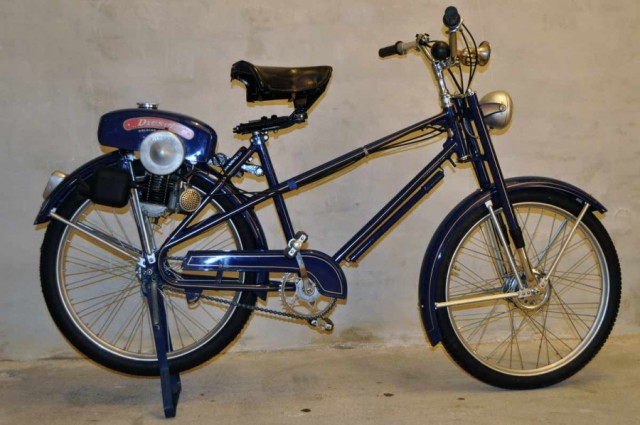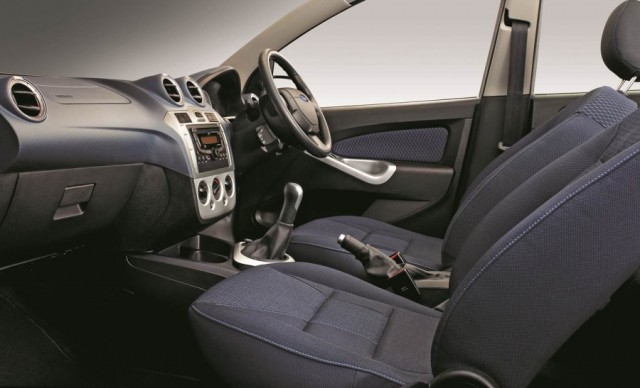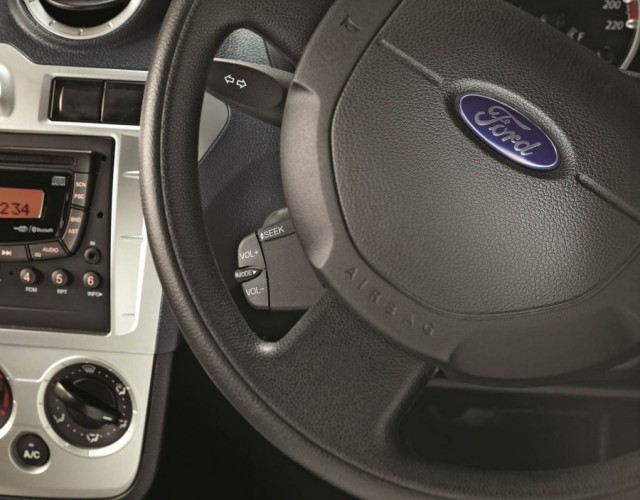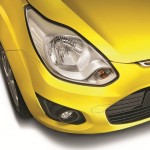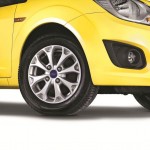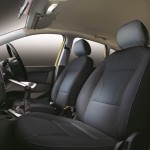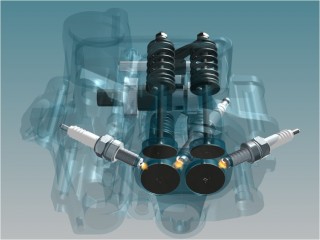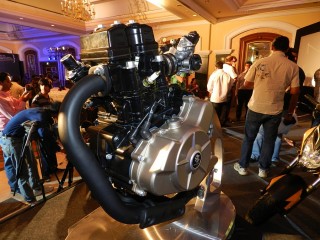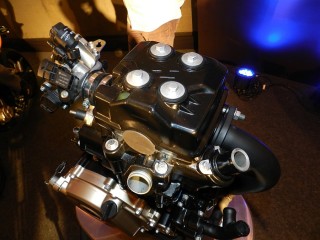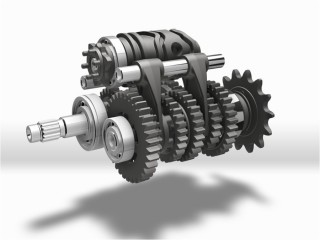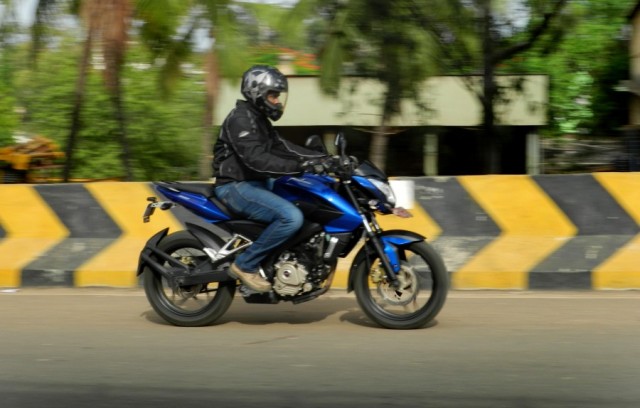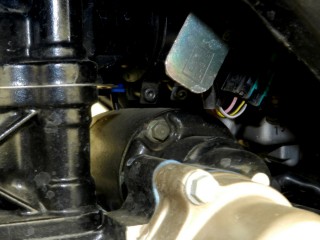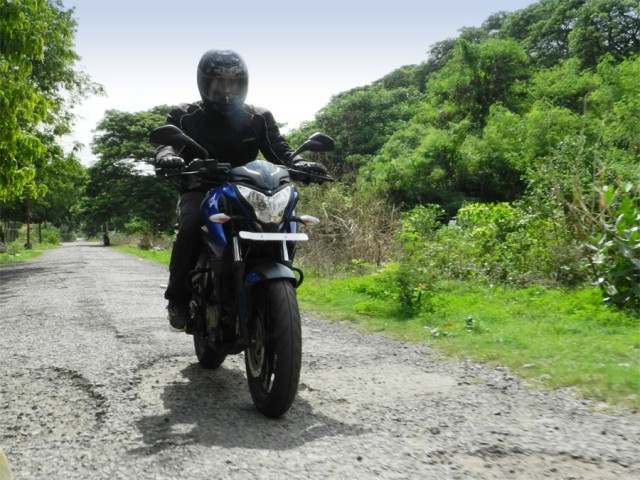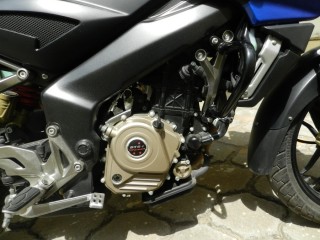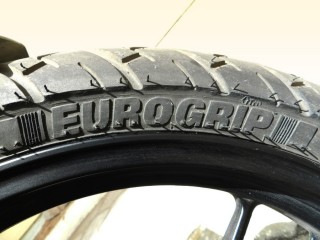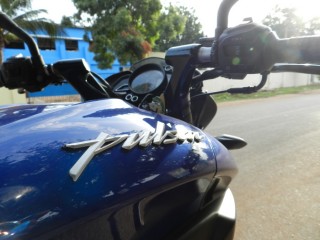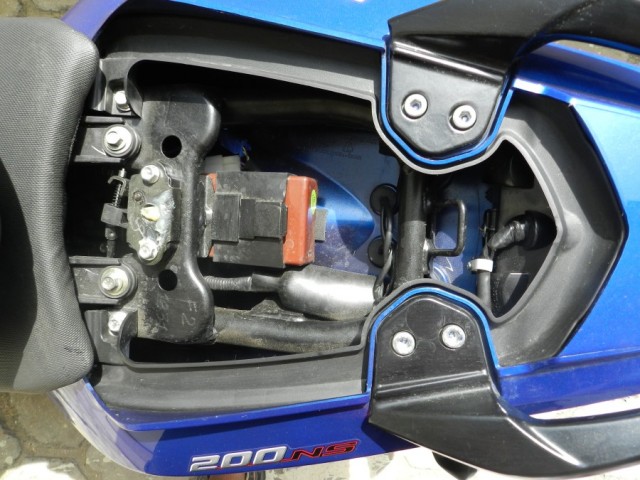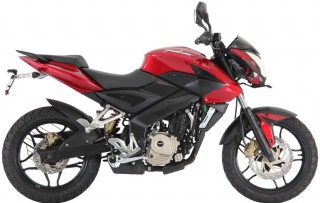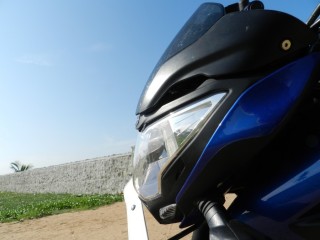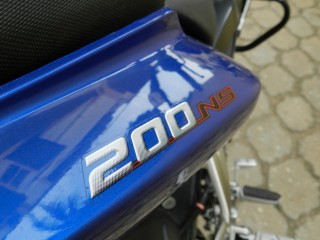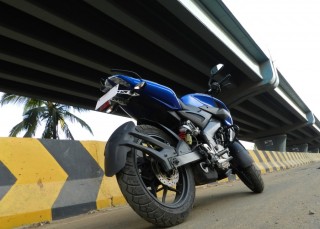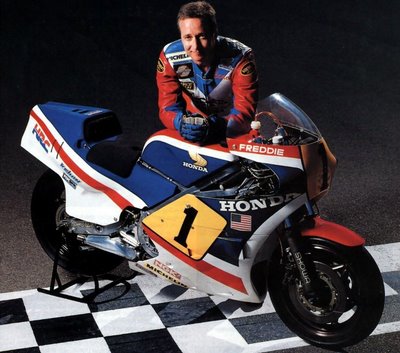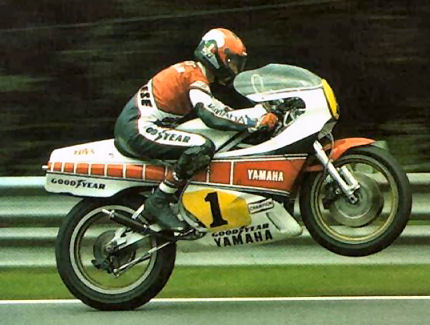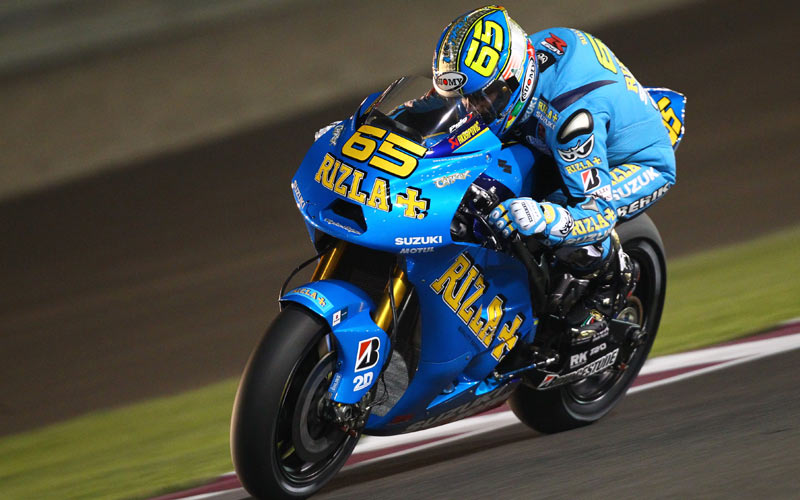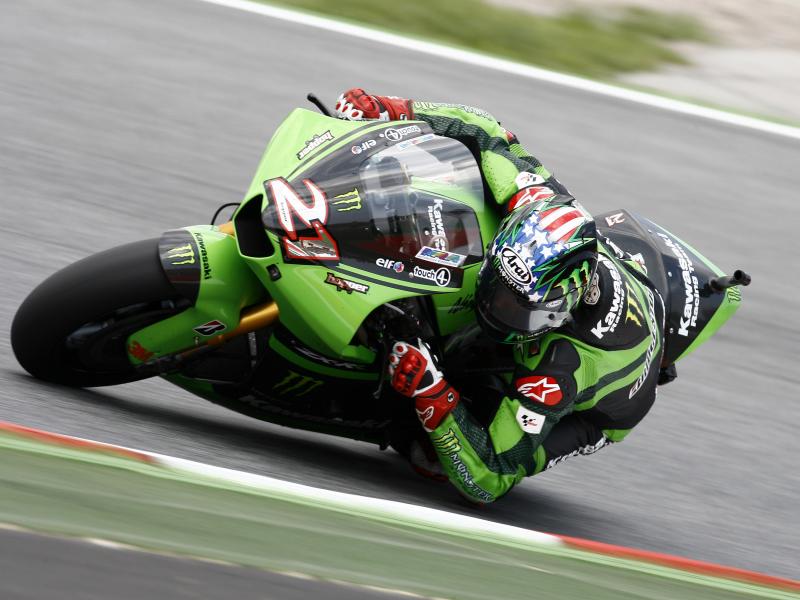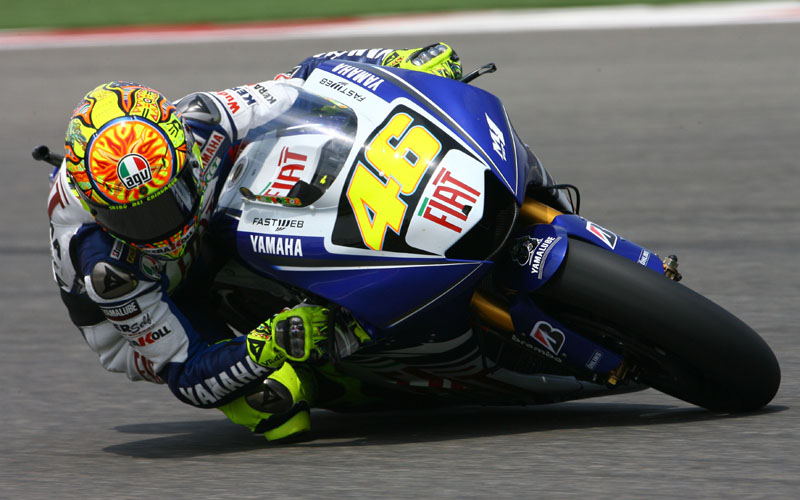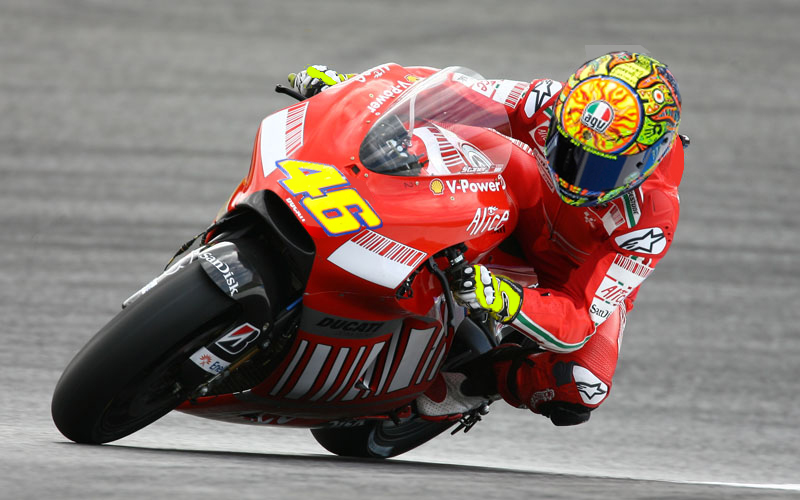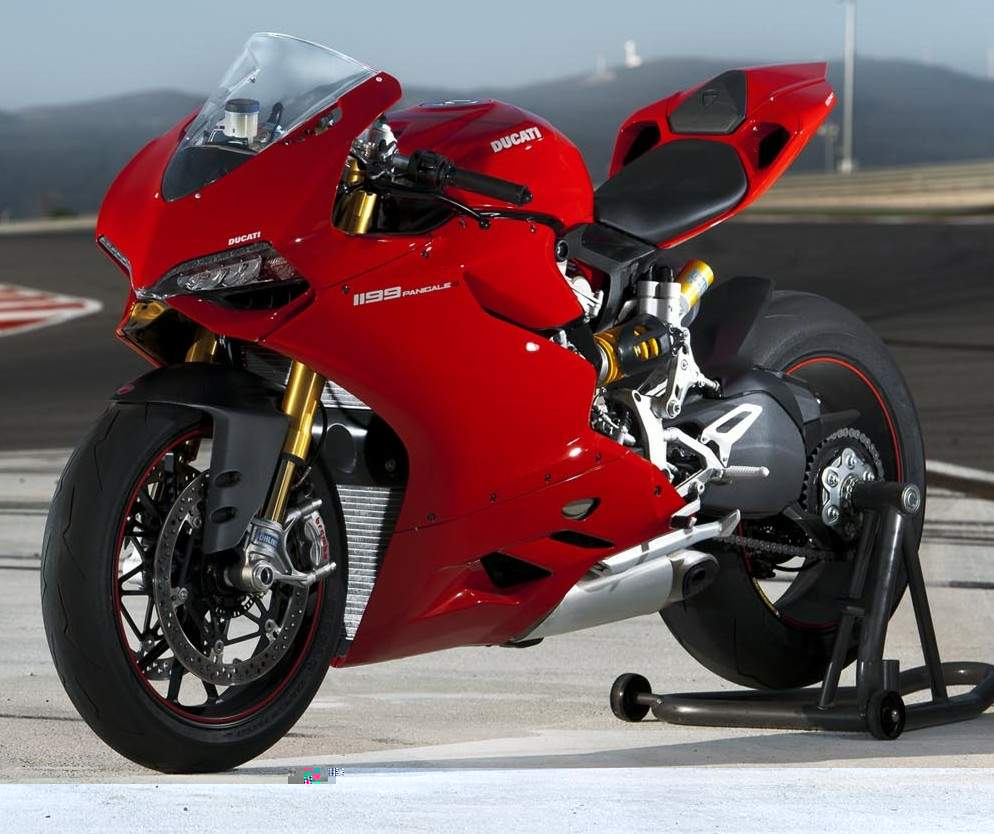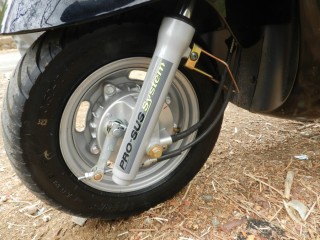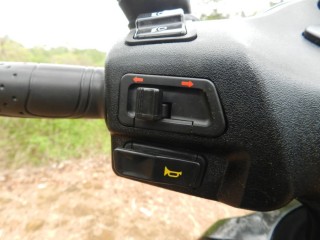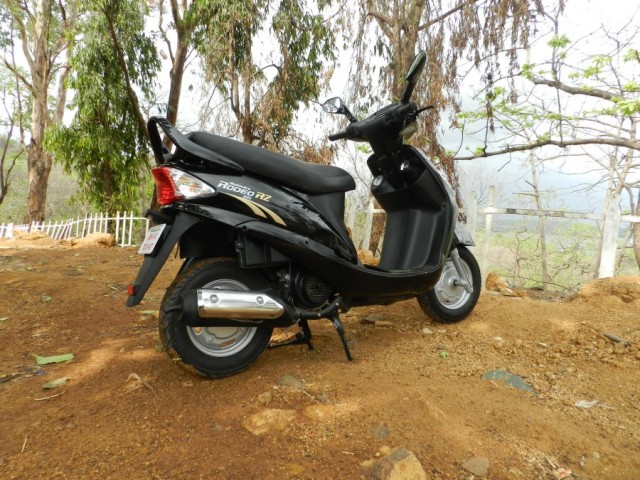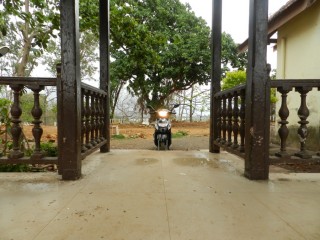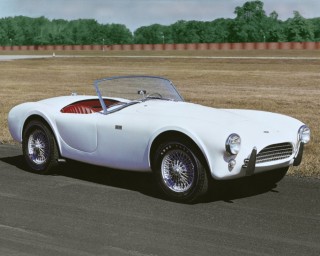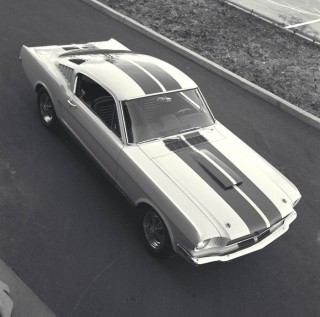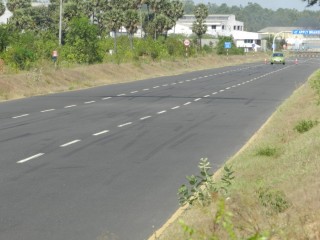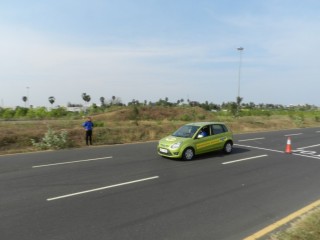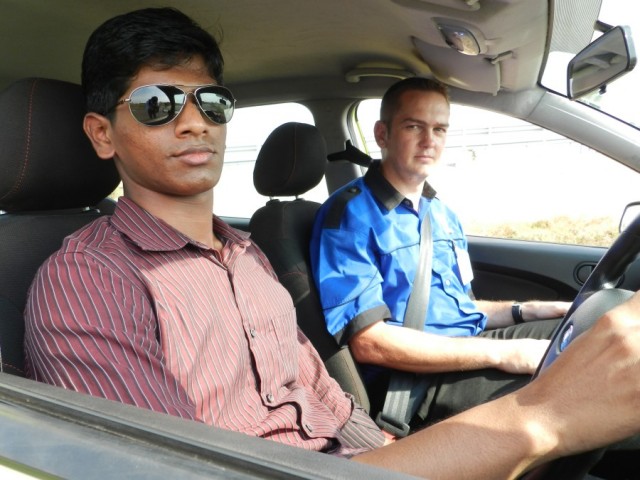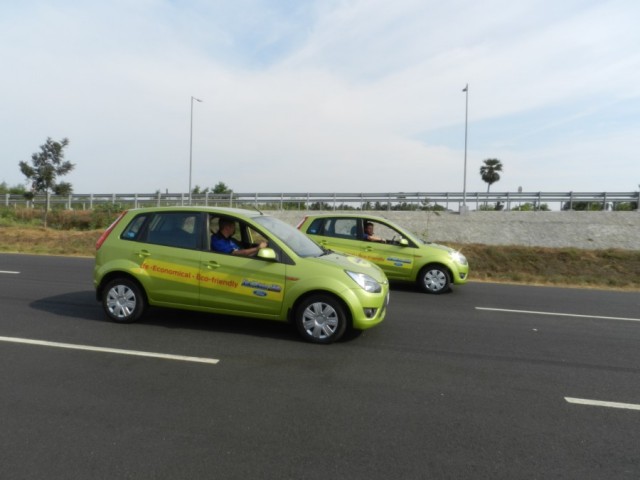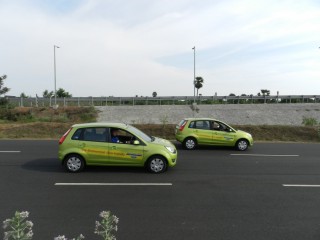New Styling
Oh, the new Figo! Clad in pretty yellow, there she was, standing on the cobblestone driveway of the Trident Hotel in BKC. As most first trysts go, I soaked in the flawless radiance of the Bright Yellow Figo, unable to point out any single line or surface that was out of place. The new Figo is definitely a looker, and the new colours : Bright Yellow and Kinetic Blue, should push more of these out of the showroom and onto the road.
The design brief seems to have been ‘muscular, dynamic, strong and proud’ and the grille manages to do just that. The hexagonal contour of the grille is more reminiscent of the EcoSport rather than the older Figo and seems to be a laid back interpretation of the new generation Kinetic Design language we’ve seen on the Ford Evos Concept. The chrome finisher on the grille on either side of the bold Ford logo, is available only on the ZXI and Titanium models and adds a sense of finesse to the front end.
The redesigned head lamps go well with the new hexagonal grille. While the headlamps do contribute to the attitude of the Figo, they also benefit from the increased reflective surface area. Ford says, the visibility has improved by at least 20%. The difference is obvious in high beam and less so with low beam. However, having driven the Figo through the night in Mumbai, we can tell you, the illumination is best in class.
We’re glad Ford decided to sharpen up the rear tail lamps. The ‘christmas tree’ rear tail lamps were walking out the hall of style just as the Figo was being launched. While the tail lamps still stretch half way across the height of the hatch, the interchanged positions of the indicators and the rear stop lights seems to have made a difference.

The inverted ‘C’s add texture to the rear tail lamp. The C’s themeselves are composed of a number of parallel lines laid along the C. We like it, nice job Ford! Not unlike the previous Figo, the new Figo’s tail lamp also has some stylized ‘compartments’ which are empty and non functional, but add a beautiful 3 Dimensional feel to the entire ensemble.
The new alloys are stunning and add to the character of the car. They are butch yet sophisticated enough to warrant your attention. The fog lamps have also been reworked and get the Ford Focus treatment with a slightly stretched back inset around the lamp itself.
New Interiors
I have to admit, I was never a fan of the Clay Red dashboard/instrument panel. You could tell it was a last minute ploy to inject ‘zing’ into a car that was otherwise very ‘ordinary’ looking. I’ve seen enough Figos on the road to acknowledge that it did work to an extent and people did after all take to the Clay Red. Ford now has opted for a more sedate and in my opinion, more lovable ‘Riviera Blue’ for its instrument panel. While it was hard to spot the difference at night, our morning shoot brought out the color in all its glory.
The other new addition to the interiors of the Ford Figo would be the steering column mounted audio controls. More famous in the Focus and Fiesta models sold abroad, as well as in most Renaults, steering column mounted controls can be unsettling at first, and dare we say, are more comfortable than conventional steering mounted controls. One would think it’s about the positioning of the controls but I’d attribute it more to the feel from a chunky, tangible piece of plastic with good tactile feedback as opposed to fiddly buttons on the wheel.
The seat fabric on the Figo has always been applauded by the automotive media and the new Figo keeps up the tradition. The seat fabric is new, with improved aesthetics. Ford says ‘colour blocking’, a technique used in the fashion industry has now been used by the folks at the Ford Design Studios to design the seats. Colour blocking essentially is all about using solid colors in minimalist patterns while making bold statements to complete the ensemble.
Improved lumbar support and a new headrest design has increased comfort levels in the Figo. A 154cc compressor runs the air conditioning unit in the Figo and makes its one of the fastest cooling cars in its category.
Performance

We drove the petrol Figo powered by Ford’s 1.2 litre DOHC Duratec engine, which was not unlike its predecessor, peppy and satisfyingly rev happy. Ford says the petrol as well as the diesel engines have been worked upon to improve engine performance for better acceleration and sharper throttle response. We would have to drive the older Figo and the new one back to back to discern any difference. The engine was a gem in most driving scenarios including the narrow by lanes of Bandra as well the Bandra Worli Sea Link. The engineers from Ford suggested the difference would be more obvious in the diesel mill, which is the 1.4 litre Duratorq. These guys were involved in various stages of the development including testing, of the new Figo and attest to the diesel mill’s fantastic drive-ability in the slow moving traffic that perennially hounds the highway on which the Ford Chennai plant is located.
As with most Fords, the gear shift on the Figo is fantastic. Ford says changes have been made to reduce effort required to shift gears.The gearshifts are slick and each shift slots in perfectly. Again, as with most Fords, the suspension manages to find the perfect balance, bestowing the car with good handling prowess as well as this confounding ability to absorb bumps and potholes with ease.
Mumbai & Bollywood
The folks at Ford who masterminded the event deserve a couple of lines of appreciation here. Ford wanted the media to experience the 20% improved visibility with the increased reflective surface of the headlamps and hence, the midnight drive. While we did do that, we also noticed the drive was charted out with phenomenal attention to detail. The Bollywood themed drive took us through various landmarks that you would associate with some memorable moments from Bollywood over the years. The poster shown on the left with all the movies and the places, is up for grabs, all you have to do is drop a comment saying you want the poster and then wait for us to get in touch with you for your address. The drive was flagged off from BKC by Mr. Boneham. Starting out on roads recently scorched by Lewis Hamilton set the proper tone for the entire drive. The route was a mix of different driving scenarios, we traversed the narrow lanes of Bandra as well as the smooth, flat and impressive Bandra Worli Sea Link. The 60 km drive was ultimately, fulfilling.
Verdict
As face lifts go, this happens to be one of the best. Working within the constraints of an existing model, sticking to the principles of Kinetic Design, yet finally putting a car in the showroom that must be perceived as a refreshed take on an established, much loved automobile is no mean feat. The new Figo manages to do just that. The new shades of Bright Yellow and Kinetic Blue are a clever move on Ford’s part. The Bright Yellow seems to be trending this season and is more unisex than other intense colours. Blue on a Ford has always been reserved for their flagship sedans, be it the Aquarius Blue on the Fiesta 1.6 S or the Kinetic Blue on the new Fiesta. Clothing the new Figo in Kinetic Blue adds just a little more aspirational value to a car that prides on the fact the a majority of its customers are youthful first time car buyers.
We doubt existing customers of the Figo have enough reasons to warrant an upgrade to the new Figo, but new customers should be flocking to the showrooms already. While the other changes to the engine, transmission, the interiors should definitely give the Figo brownie points, we think the new Ford Figo will continue to sell for the same reason it has always sold so well. Unquestionable bang for your buck. The appreciable rear legroom, boot space and fantastic ride & handling should keep the competition worried a while longer. Oh, add to the list the new colours too.
Disclosure : Ford India invited Riot Engine for the new Figo media drive. They covered all the related expenses.













